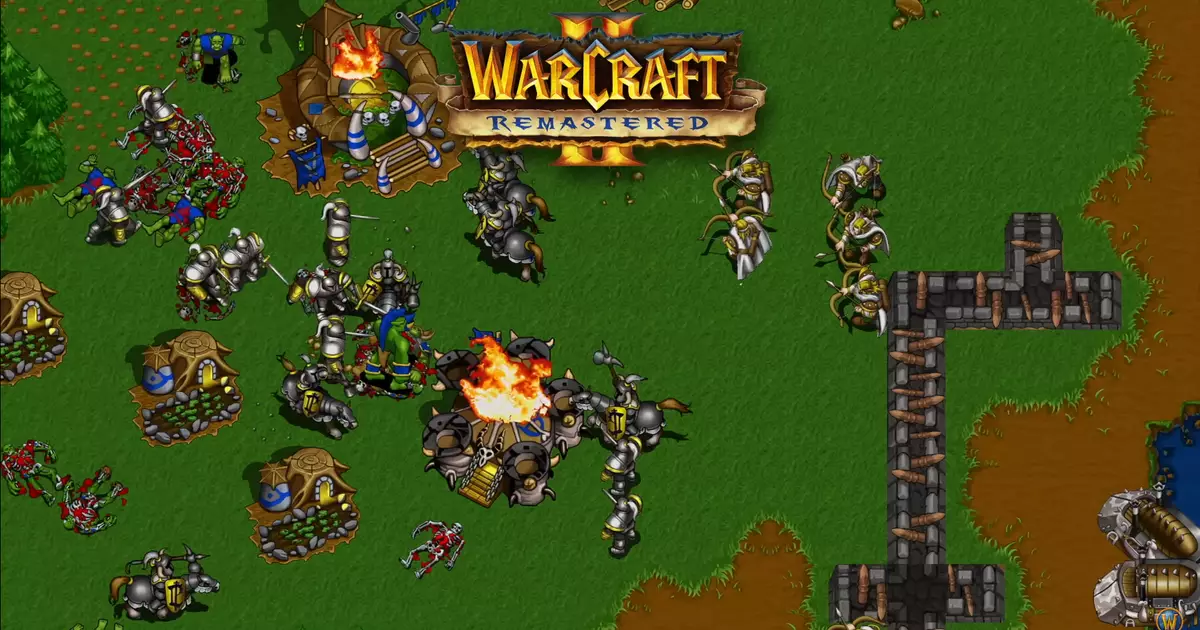Blizzard Entertainment has once again troubled the waters of nostalgia by remastering the beloved classic real-time strategy games: Warcraft II: Tides Of Darkness and Warcraft: Orcs & Humans. Following a leak that teased their return, the company introduced these remastered versions bundled together with Warcraft III: Reforged in a conveniently named ‘Warcraft Remastered Battle Chest’. Priced at £34.99 / $39.99, this collection aims to entice both long-time fans and newcomers, offering a trip down memory lane that might evoke feelings of excitement but also skepticism.
When dissecting the pricing model, the Battle Chest appears to be a tempting offer, particularly for those who yearn for the vintage glory of Warcraft games. Yet, the availability of the older titles individually, at £9 / $10 for the first game and £12.59 / $15 for the second, raises questions about the perceived value of the remasters. Players must ponder whether the enhancements justify the bundle price or if they are merely paying for nostalgia wrapped in less-than-stellar design choices.
The remastered editions claim to bring updated controls and user interface elements to align the mechanics of Warcraft I more closely with its famous sequel. Furthermore, Warcraft II retains its cherished multiplayer functionality, alongside compatibility for legacy custom maps. However, one can’t help but muse if these updates sufficiently breathe new life into games that had already set a high bar in their original form. The degree of modernization raises discussions around balancing the old and new, potentially alienating core players while failing to captivate today’s gaming audience.
Visually speaking, the graphics in these remasters have left many fans disillusioned. Descriptions likening them to rudimentary flash games are not far from the truth. The aesthetic seems far removed from the rich, immersive environments players had hoped for, resembling instead a hastily produced homage that lacks the depth and dynamism of modern game design. This leads to a broader discussion about the importance of visual fidelity in remastered titles; expectations have evolved, and players yearn for not just a recollection of the past but a refreshing and sophisticated re-imagining.
Reactions from the gaming community vary widely, with expressed disappointment overshadowing some of the enthusiasm for these classic titles’ return. It raises an essential dialogue regarding the cautious optimism players should exercise when it comes to remasters. Will they truly bring cherished memories back to life or simply serve as reminders of better days gone by?
As Blizzard now ventures forward with its remastered offerings, the question remains whether these titles will resonate with the core audience it seeks to engage. The nostalgia will always have its place, yet one must hope that the company’s future endeavors embrace artistic integrity and innovation. For now, fans will have to settle for a nostalgic bundle that perhaps only scratches the surface of their expectations. Only time will tell if Blizzard can strike the right chord in navigating the complex landscape of remakes and remasters, leaving room for possibilities while also inviting critique and conversation about the essence of what makes a game a classic.


Leave a Reply